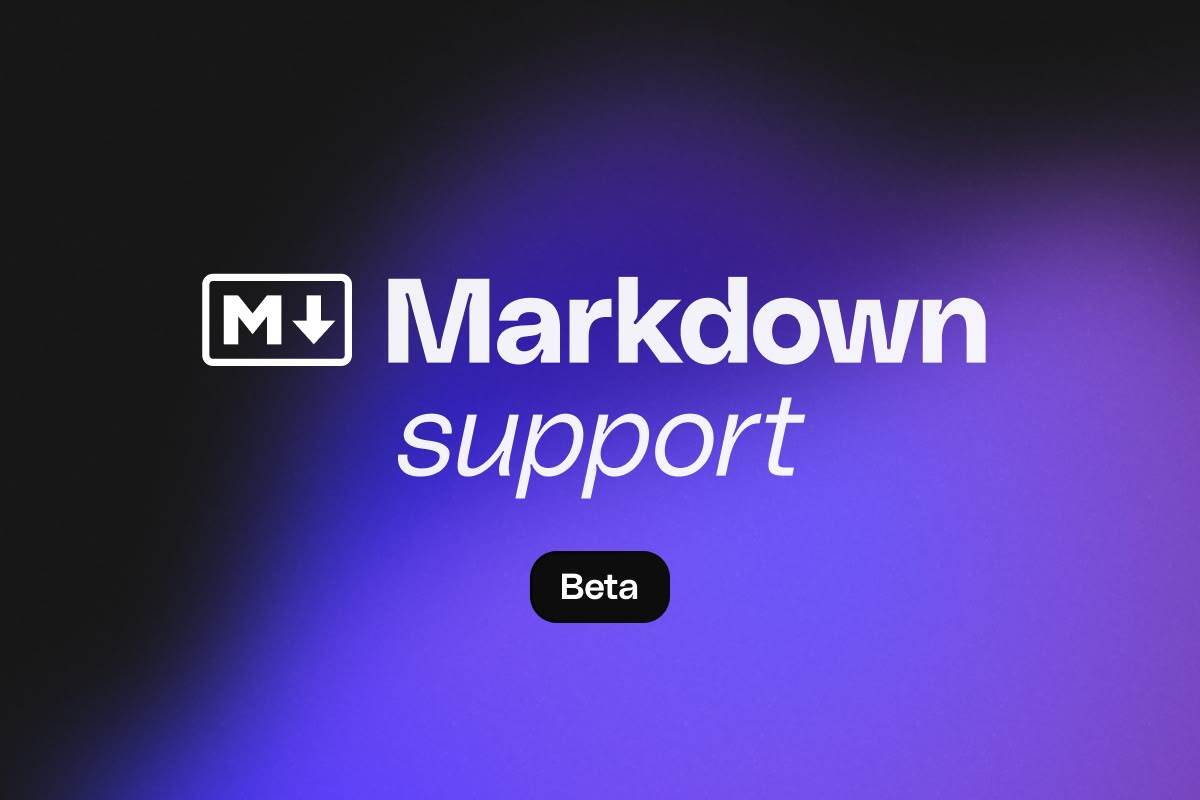Downtime is more than an inconvenience — it impacts your brand reputation and bottom line. We’ve all experienced that sinking feeling when a system crashes or a document fails to load right when it’s needed most. But what if that never had to happen? That’s why we developed High Availability (HA) Mode: to eliminate downtime and keep your users working together, uninterrupted, no matter where they are.
What HA Mode does Low latency : Documents open quickly, and edits happen instantly, whether users are in the same office or on opposite sides of the world.Resilient by design : Hardware failures or routine maintenance won't affect your system—collaboration continues uninterrupted.Just-in-time scalability : HA Mode lets you scale the infrastructure as the user base grows, without slowdowns.No data loss : With multiple active instances and replication, no data is lost, even during crashes or failures.In a recent implementation, a customer experienced a 10X reduction in latency when opening documents with HA Mode, utilizing servers in both the US and Asia. The results? Faster performance, increased user engagement, and a collaboration platform that simply works.
How HA Mode works The simplicity of HA Mode is one of its greatest strengths. A cluster of active collaboration instances are synchronized and load-balanced, distributing requests efficiently. This architecture minimizes latency and maximizes performance.
Tiptap Collaboration HA Mode is fully GDPR-compliant, giving you peace of mind when managing data across regions. As data protection and sovereignty laws like GDPR and US State Privacy Laws become stricter, HA Mode guarantees that your content is processed and stored securely.
The building blocks of HA Tiptap Documents : The core document management and content component, available both on-premises and in the cloud, that powers seamless collaboration.Load Balancer: Distributes traffic across multiple instances to prevent overload and optimize resource usage. With sticky routing and request sharding, related requests are consistently directed to the same instance for optimal performance and user experience.Message Broker : HA Mode uses a Redis-compatible message broker to synchronize all active instances. This broker also locks documents during database writes, so that data is consistent and synced across all replicas.Database Replication : In multi-region deployments, database replicas are used for read queries, located close to the user. This setup reduces synchronization delays and keeps the user experience as fast as possible.Why it matters for on-premises Reliability is critical for businesses managing their own infrastructure. With two or more active instances in HA Mode, if one server crashes, another takes over, keeping your content platform operational without interruption.
As your business grows, you can add servers to distribute the load, allowing your system to scale efficiently without over-provisioning hardware.
And during high-traffic periods – whether you’re handling 10,000 or 20,000 concurrent database connections – HA Mode dynamically balances the load, keeping your Collaboration up and running smoothly, even during peak traffic.
Why it matters for cloud In cloud environments, HA Mode delivers another level of benefits with less overhead on your side.
Servers distributed across regions drastically reduce latency for users worldwide, delivering snappy, real-time collaboration from anywhere.
Need more power or a new region? With a few clicks, you can spin up new servers near your users’ locations, reducing latency further and making collaboration smoother.
With HA Mode in the cloud, you’ll enjoy a 99.99% SLA. This level of reliability is something your global operations and users can rely on.
Get started with HA What would it mean for your service if downtime became a thing of the past?
Can you afford to miss out on that kind of reliability?Contact our sales team to discuss how HA Mode can be deployed to meet your specific needs.









